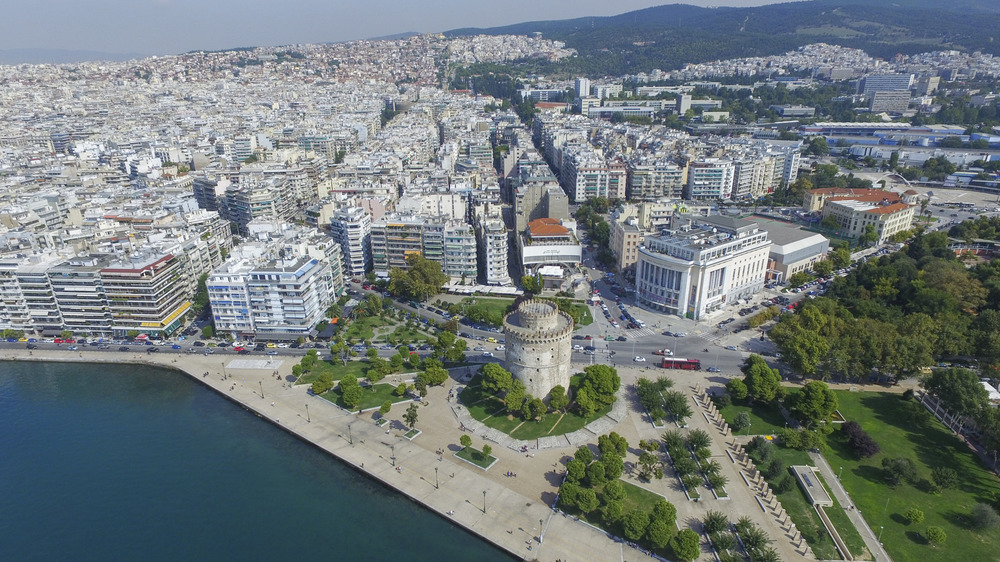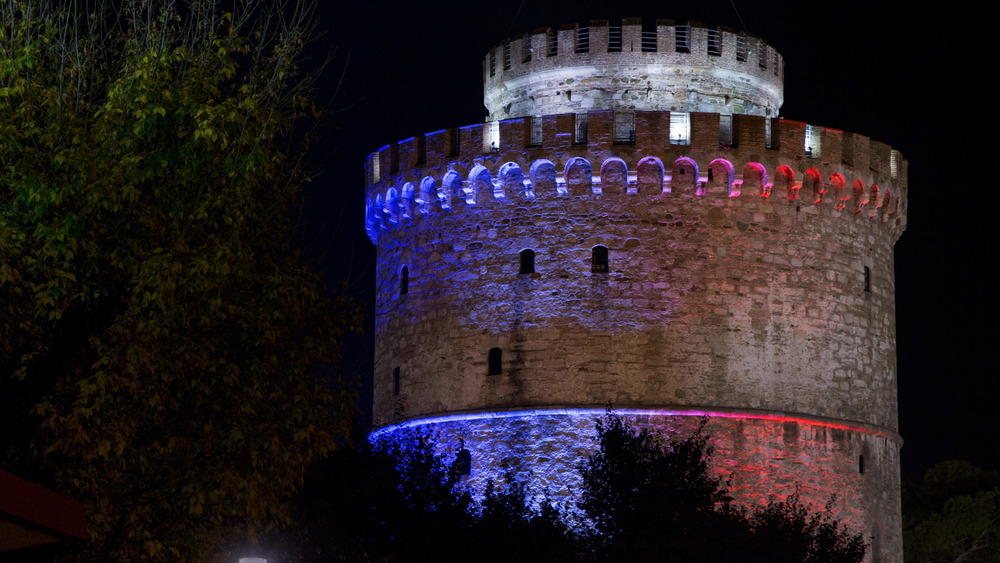What Makes Greece's Second-Biggest City So Special
The port city of Thessaloniki (also known as Salonica) in northern Greece holds a vaunted place in Greek history. No matter that its name isn't as well known in modern times as Athens, Mykonos, or Crete. The city, founded in 315 BCE and named after Alexander the Great's half-sister Thessaloniki, was a major thoroughfare in the Macedonian Empire, and became a center of trade between east and west under the Byzantine Empire, per Greeka. During the course of the city's Roman rule, it was a hotspot for political strife and historical events: the Roman orator Cicero was banished there in 58 BCE, Paul the Apostle visited the city in 50 CE, and Galerius Caesar selected it as seat for the Roman government, as Greece Is states. The city was besieged again and again, conquered, defended, passed from the Byzantines to the Ottomans. Its architecture became more and more layered. In the end, modern Thessaloniki, now the second-largest city in the country, tells its own storied past.
One building, in particular, stands out even among the Arch of Galerius, Eptapyrgio Castle, or the Church of Agia Sophia: the White Tower (not the one in Gondor in the Lord of the Rings). The White Tower, an easy-to-spot landmark near the waters of Thessaloniki's bright blue Thermaic Gulf, is newer than other structures in the city, but the 15th century Ottoman fortification has held a pivotal role in the city's history since it was constructed atop previous Byzantine structures.
A tower of names that change to suit the age
Despite the White Tower's current moniker, its name has changed over time to reflect its purpose. Originally, as Culture Trip tells us, it was called the Lion Tower to honor the Ottomans' victory over the city sometime around the conquering of Constantinople in 1453. Originally a lookout tower over the gulf, the building's singular, cylindrical face was connected to city walls that are no longer standing. Later on, in the 17th century, its name changed to the Fortress of Kalamaria (Kanli Kule in Turkish), named after the district of Thessaloniki within which it resides, and then, as Qantar says, the ultra-coolly-named Tower of the Janissaries.
Before becoming the rather benignly named White Tower, though, it would undergo one more name change: the "Red Tower," or "Tower of Blood." During the 19th century, the tower doubled up as a prison known for horrifically torturing its inmates, particularly during a massacre of prisoners in 1826. Toward the waning days of the Ottoman Empire, its outer surface was whitewashed, and it was renamed the "White Tower" in 1890 as a symbol of peace.
At present, the White Tower is not only a monument to history and a landmark used for navigating, but a museum of art and Thessaloniki's history. Visitors can travel to the tower's roof and stand in the spot where countless others have stood to look out over the pristine blue of the Thermaic Gulf.

